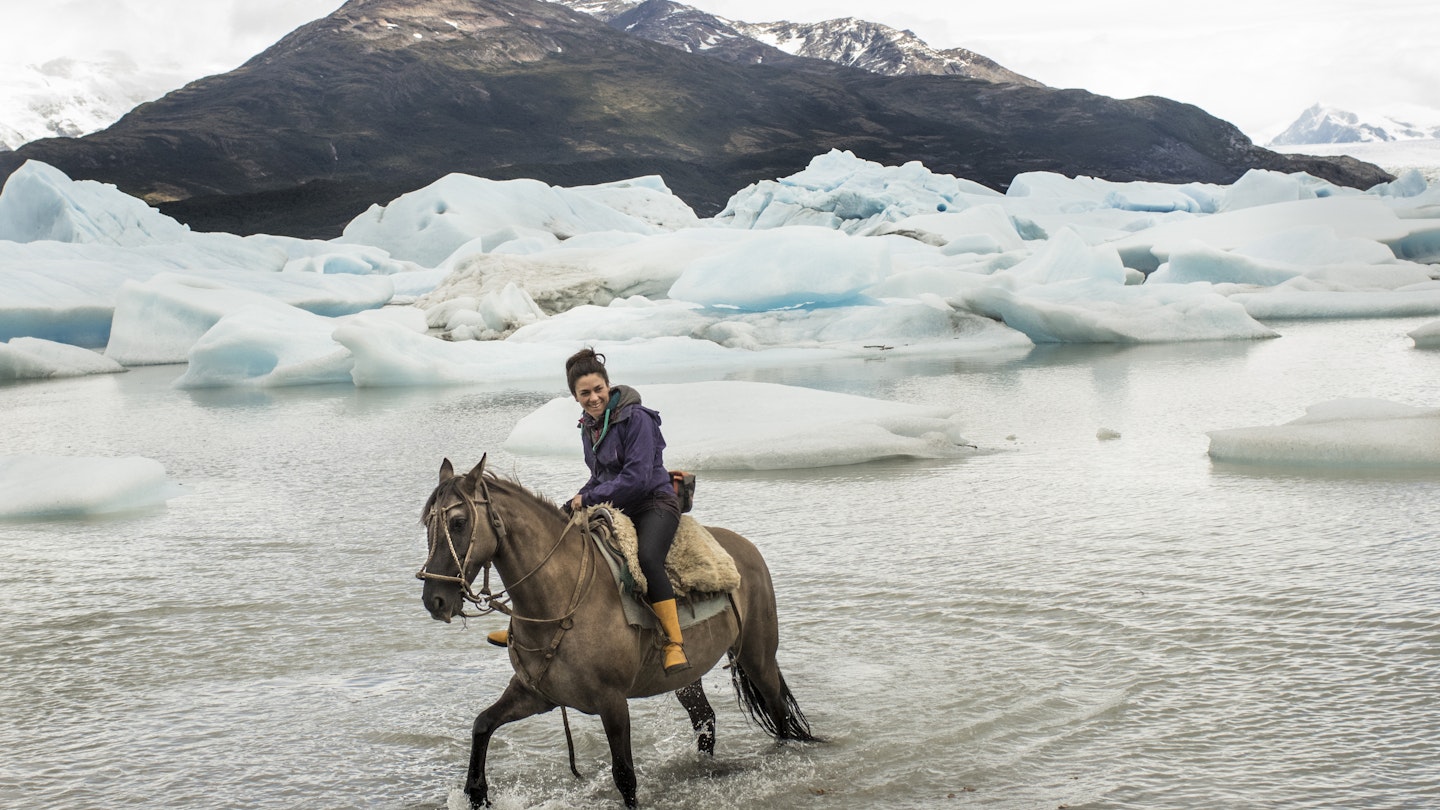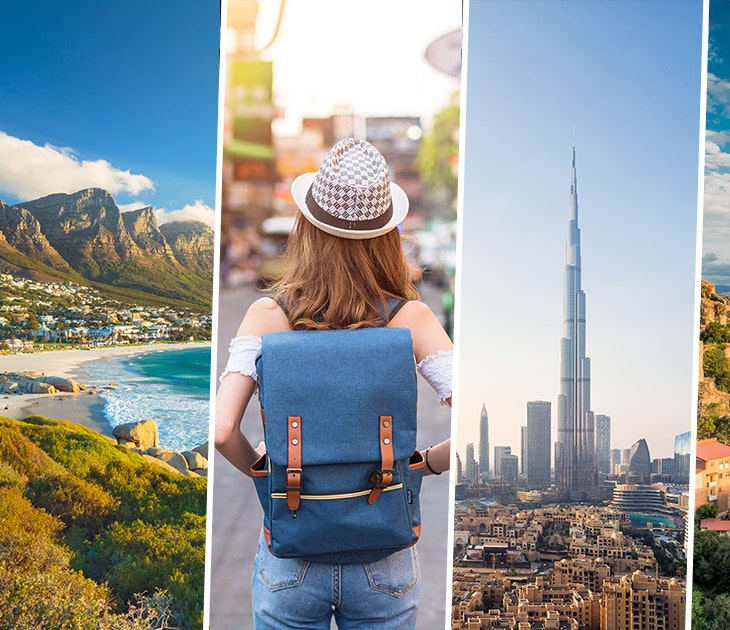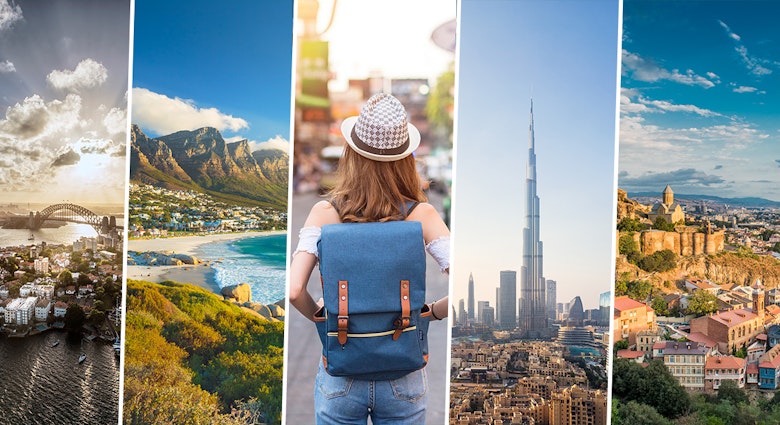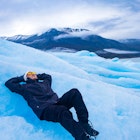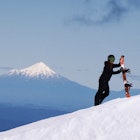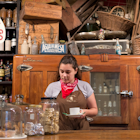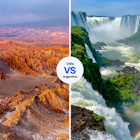Patagonia conjures up images of snow-tipped mountains, glaciers, endless grasslands – of pure, untamed nature. As such it attracts vast crowds of outdoor enthusiasts and, correspondingly, prices are among the highest in Chile and Argentina.
And yet, even if you’re traveling on a tight budget, there are numerous, varied things that you can do for free (or for very little), besides hiking in the national parks.
These are 18 of the best free things to do in Patagonia.
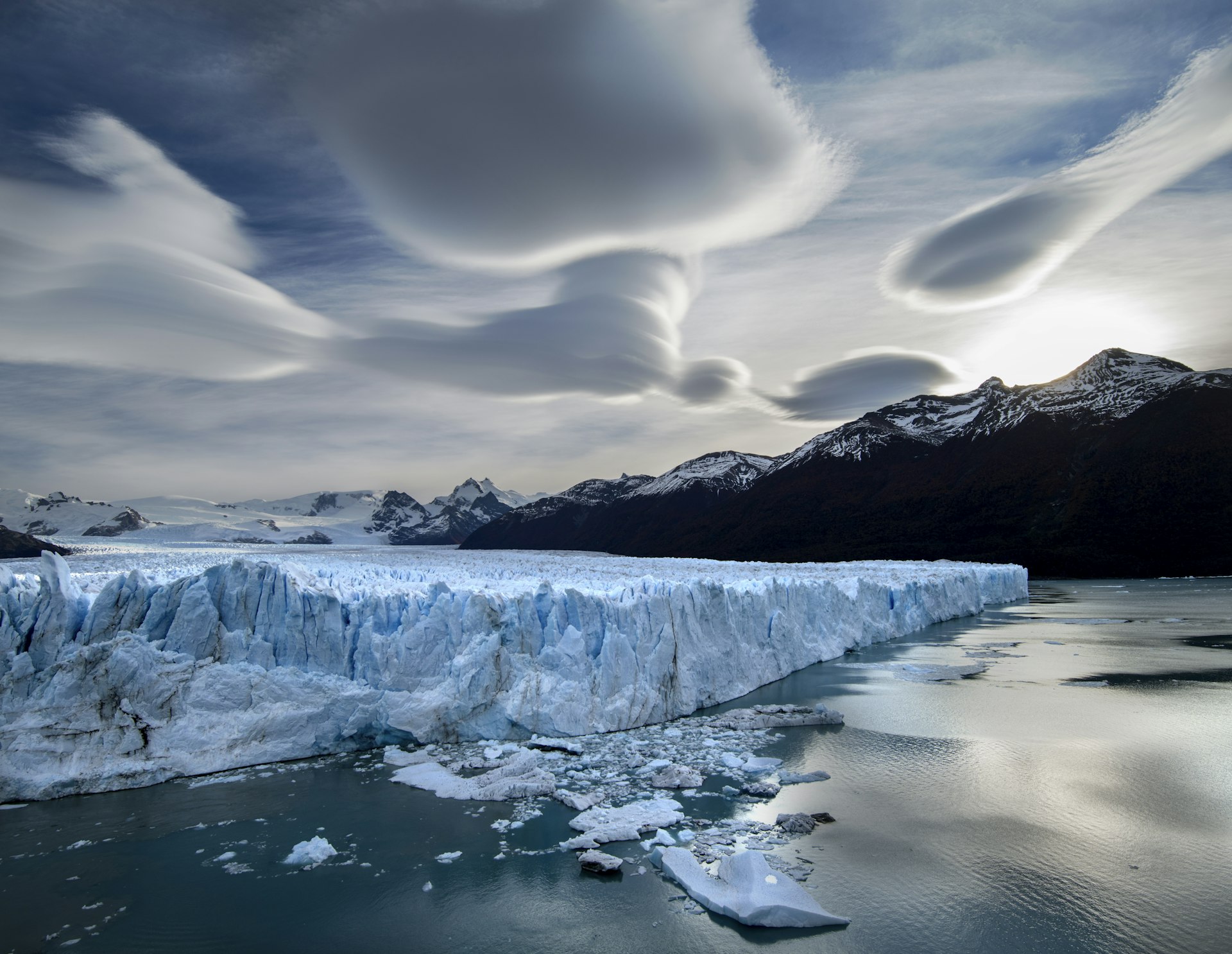
Perito Moreno Glacier, El Calafate
Argentina’s Parque Nacional Los Glaciares is divided into two halves. The star of the southern half, Perito Moreno, is one of the world’s few advancing glaciers and you can take a series of steel catwalks to various viewpoints that allow you unobstructed views of this magnificent blue-grey river of ice.
The glacier moves forward at a rate of around 2m (6.5ft) per day. During hot weather, you’ll frequently hear a dull crack and then see a house-sized chunk of ice bobbing in the Canal de los Témpanos (Iceberg Channel). Some years, the ice blocks up part of Lago Argentino. If you’re extremely lucky, you’ll be there on the day when the water breaches the icy dam.
Perito Moreno is over 60m (197ft) high, 30km (18.5 miles) long and 5km (3.1 miles) wide. To properly appreciate the glacier’s size, you can take a boat tour up to its face, or don a pair of crampons as part of an ice trekking tour. Visitors must pay US$13 park entry fee; you can either drive the 80km (50 miles) from El Calafate or take a bus tour.
Cementerio Municipal, Punta Arenas
Stretching over four city blocks and lined with immaculately clipped cypress trees, this necropolis is a reflection of Punta Arenas’ fascinating history. The elaborate Italian marble tombs of the city’s prominent families – such as those of the wool barons Menéndez, Braun and Nogueira – sit alongside the humble final resting places of Croatian, Scandinavian and Scottish immigrants. Look out for the gravestone of Charles Milward, the relative of Bruce Chatwin, mentioned in his travel book In Patagonia.
Last Hope Sound, Puerto Natales
Hikers bound for Torres del Paine National Park, while other outdoor enthusiasts find themselves in the southern gateway town of Puerto Natales sooner or later. In between bouts of packing for your trek, take the time to stroll Natales’ waterfront promenade and appreciate the setting.
The town sits on the Seno Última Esperanza (Last Hope Sound), fringed with snow-tipped mountains in the distance and the wind whipping up waves on the turquoise water. Near the remnants of the wooden pier, you’re likely to spot cormorants and black-necked swan. There are several sculptures worth your time too, including one of a giant hand.
Museo Antropológico Martín Gusinde, Puerto Williams
Located in tiny Puerto Williams, Chile’s (and the world’s!) southernmost permanently inhabited settlement, this excellent museum is dedicated to the clergyman and anthropologist who spent decades among the indigenous peoples of Tierra del Fuego, and to the seafaring Yámana (Yaghan) people who inhabited Isla Navarino and other extreme southern reaches.
Highlights here include Yámana artifacts and photographs, accounts of their legends and descriptions of the male rite of passage, which involved the young men covering their faces, painting their bodies black with stripes or dotted patterns and fighting the spirits in a ritual hut built expressly for that purpose. Entry by donation.
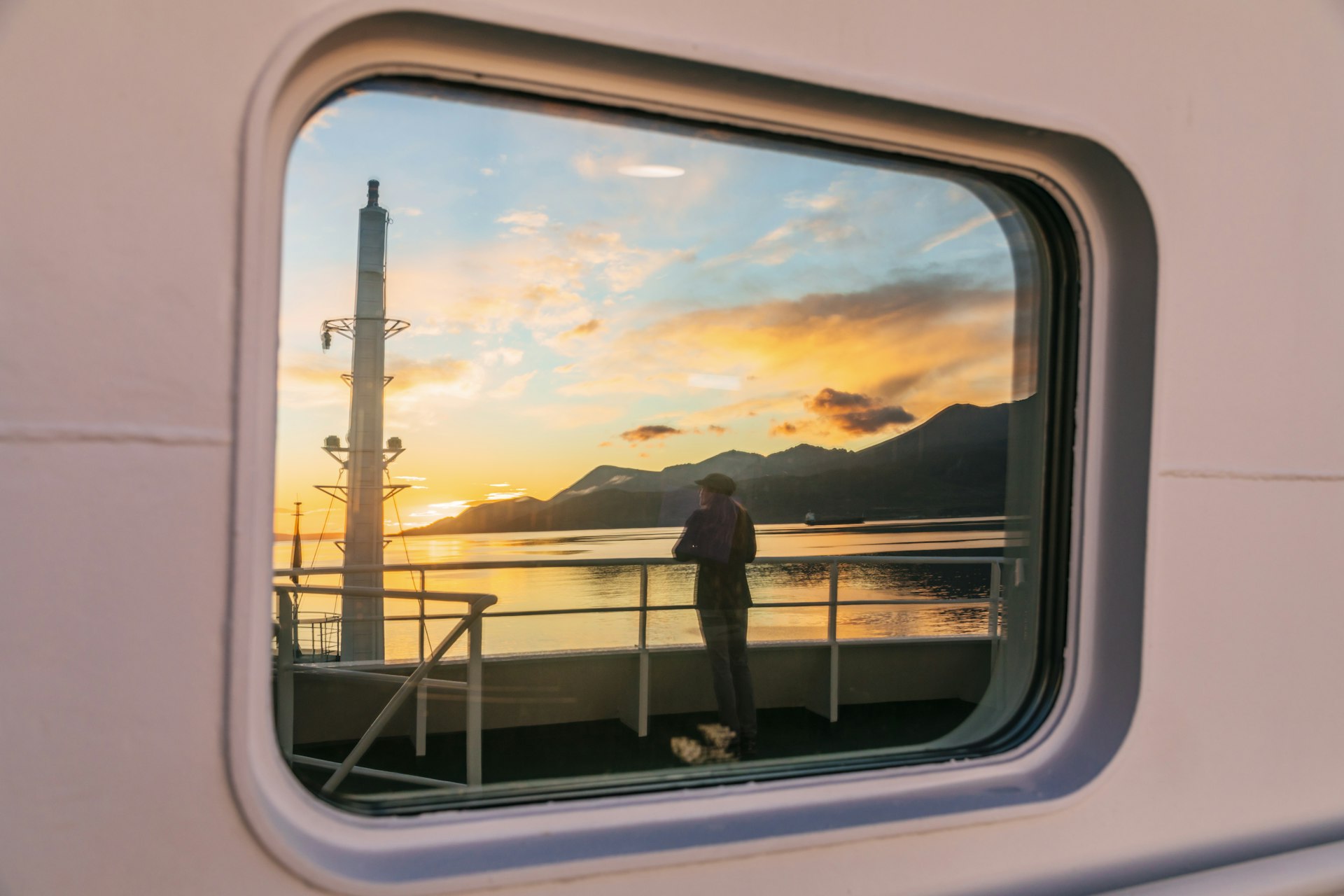
Sendero Glacier Martial, Ushuaia
Catch one of the frequent minibusses from the corner of Av Maipú and Juana Fadul in downtown Ushuaia to the Cerro Martial ski complex, 7km (4.3 miles) away from the city. From here, a trail winds its way up to lookout point (40 minutes one way), where you are treated to unobstructed views of the world’s southernmost city, its steep streets descending towards the choppy waters of the Beagle Channel and the smallish glacier after which the trail takes its name.
Mountain Biking around Futaleufú
The mountain town of Futaleufú is renowned worldwide as one of the best places on the planet for white-water rafting. But you don’t have to get wet in order to appreciate the natural beauty of the surrounding valley and the turquoise ribbon of the river that’s carved its way through a deep granite canyon.
Several outlets around town rent mountain bikes and there are numerous routes to tackle, including an excellent 20km-long loop (12.5 miles) that largely follows the river before crossing a suspension bridge and climbing up through dense forest to a lookout point overlooking the town. It then brings you back to Futa.
High Tea in Trevelin
One of several Welsh settlements founded in Argentina’s Chubut province circa 1860, Trevelin (meaning “mill town”) is a wonderfully photogenic village surrounded by mountains and easily reachable as a day trip (45km (28 miles) roundtrip) from the nearby outdoor adventure center of Esquel.
The quintessential activity in Trevelin is partaking in Welsh afternoon tea (around US$5 per person), which typically involves a bottomless pot of cream tea, scones, toast with butter, jam and torta negra (a black Colombian fruit cake) – an experience that’s meant to transport you to Wales via your taste buds. Touristy but still fun. Teahouses abound; the oldest and most atmospheric is Nain Maggie.
Cueva del Milodón
Bruce Chatwin’s 1970s travel classic, In Patagonia, was supposedly inspired by the momentous discovery made in this cave in the 1890s, when German pioneer Hermann Eberhard came across a large piece of skin belonging to the milodón (extinct giant sloth) that once inhabited Patagonia.
Just over US$6 buys you entry to the cave, where you can check out a rather tacky lifesize replica of the sloth, along with a young milodón femur and displays on the giant sloth’s contemporaries –saber-toothed tigers and ancestors of the wild horse. The cave is 21km (13 miles) north of Puerto Natales.
Dolphin-spotting from the Magellan Strait ferry
If you’re traveling from southern Patagonia to Ushuaia at the bottom of Tierra del Fuego, the bus will invariably have to take the car ferry across the Magellan Strait. Look out the window during the crossing and you’re very likely to catch sight of a few sleek black-and-white shapes moving alongside the ferry through the water. These small, playful creatures are Peale’s dolphins, commonly spotted in the frigid waters around South America’s southernmost tip.
Museo Paleontológico Egidio Feruglio, Trelew
Patagonia has turned out to have been the former home of the world’s largest dinosaurs, some of whom made the T. rex look about as intimidating as a chihuahua. In a south Argentinian town named after a 19th-century Welsh settler, this outstanding paleontological museum (entry fee US$8) features Patagonia’s most important local dinosaur skeletons, such as the Patagosaurus, Tehuelchesaurus and an unusual short-necked sauropod, Brachytrachelopan mesai. The tour de force is the remains of the Patagotitan mayorum, thought to be the largest dinosaur ever to have walked the Earth, discovered in 2012.

Cueva de Las Manos
If road-tripping along Argentina’s legendary Route 40, take a left on your way from the nondescript settlement of Perito Moreno to equally unimpressive Bajo Caracoles. The scenic drive leads you across the boundless steppe to the vertical cliff walls, decorated with Argentina’s most incredible rock art, dating from around 7370 BC.
Pay US$20 to enter this Unesco World Heritage site, decorated with over 800 images in reds and ochres – with human ‘jazz hands’ aplenty. There are also drawings of guanacos and hunting scenes as well as abstract rock art from a later period. If you look closely, you may spot one handprint with six fingers, as well as puma paw prints and prints of a ñandú (rhea) foot.
Cape Horn
If you already happen to be sailing in the turbulent southern seas, Cape Horn – the notorious graveyard of ships – is an essential stop. You disembark on a small, rocky island, crowned with the automated white lighthouse – the southernmost beacon in the world. Nearby is a small wooden chapel, a stone monument honoring seafarers who’ve made it through these treacherous waters successfully, while overhead is a steel-plate abstract sculpture of an albatross
Rock climbing in Parque Nacional Los Glaciares
As well as being a world-class hiking destination, the tiny southern Argentinian town of El Chaltén is also renowned in climbing and bouldering circles, with hundreds of routes to suit all abilities in the mountains above the town.
The holy grail for many climbers are the Mount Fitz Roy and Cerro Torre summits. Scores of climbers spend the southern summer in the town (or camping above the town), waiting for the ideal window of opportunity. Even though the mountains are part of the Parque Nacional Los Glaciares, you don’t need to pay an entry fee in El Chaltén (unlike the southern part of the park with the glaciers, accessed from El Calafate). You will need to register with the rangers on arrival, though, to pick up a free climbing permit.
Termas del Ventisquero, Puyuhuapi
Imagine: You’re cycling the entire 1240km-length (770 miles) of Chile’s Carretera Austra. You’ve managed less than 100km (62 miles) today in the wind and rain, and are feeling wet and miserable. Then the wood-shingled roofs of Puyuhuapi come into view.
Before reaching the town, turn off towards these rustic hot springs, pay the US$20 entrance fee and lower yourself into one of the steaming pools by the water’s edge. Your sore muscles relax and your entire body tingles as you look out over the misty fjord and the forest beyond.
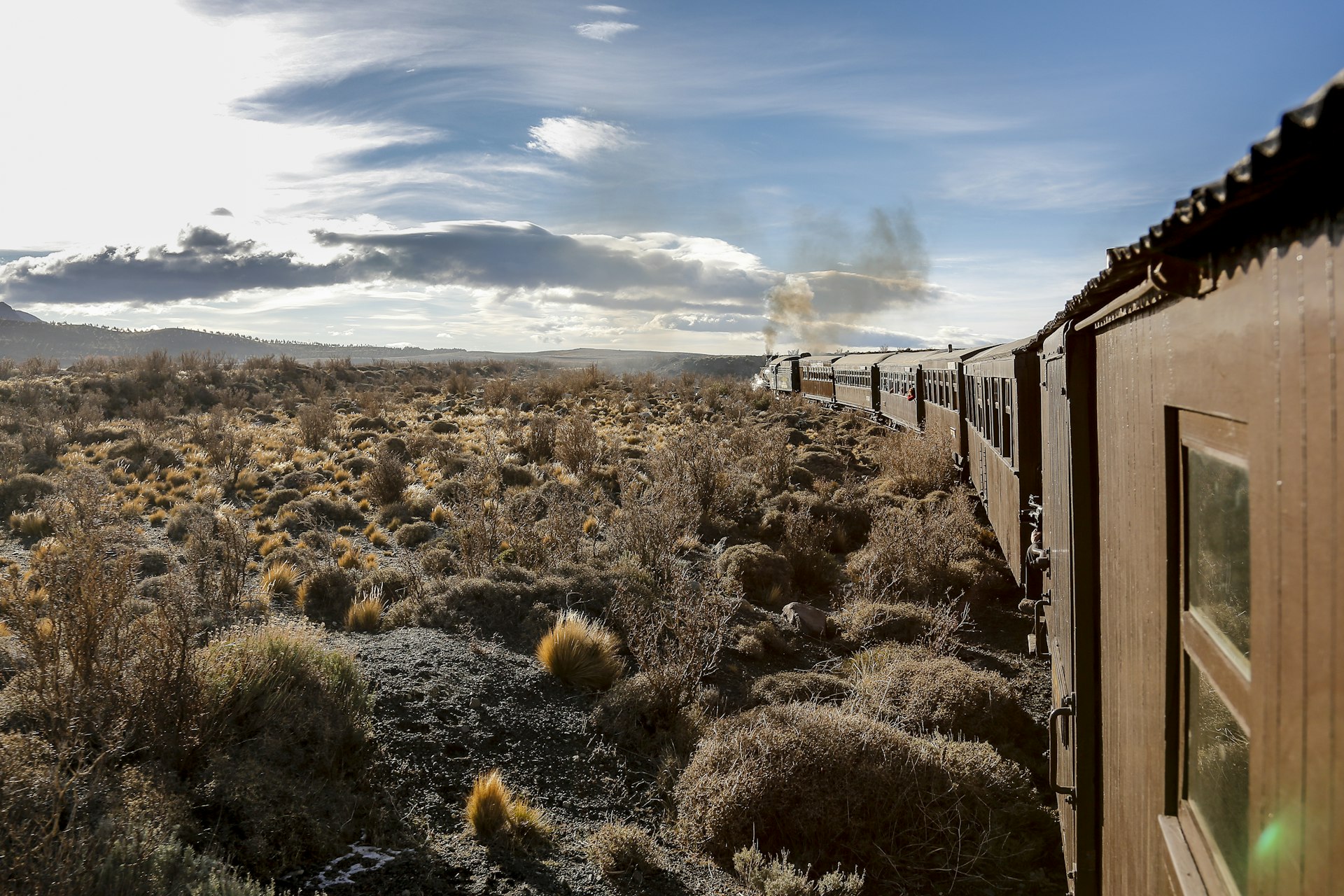
La Trochita, Esquel
Costing a princely sum of around US$12, La Trochita – Argentina’s legendary narrow-gauge steam train, immortalized by Paul Theroux in The Old Patagonian Express – chugs its way from Esquel to Nahuel Pan, some 20km (12.5 miles, 45 minutes) away, and back again at a leisurely speed of around 30kph (18mph).
Until 1993, it ran as far as Ingeniero Jacobacci, 402km (250 miles) away, but these days it’s a short trip down nostalgia lane for train buffs through a landscape of scrubland-covered hills.
Eating cherries in Chile Chico and Los Antiguos
Residents of these two border towns in Northern Patagonia will proudly tell you that you won’t find tastier cherries anywhere in the world – and they are right! Whether you’re partial to the red or white varieties, you’ll find superlative versions of both here, and pay a pittance for them by the kilo during the November to January harvest time.
Just don’t do what some travelers have done and attempt to cross the border between Chile and Argentina with fresh cherries in your possession. You might just find yourself eating a kilo of fruit within seconds.
Caleta Tortel, Tortel
Picture the scene: The smell of freshly-cut Cyprus fills the air as you arrive in the top square of what’s perhaps the most unusual village in Chile. Handfuls of wooden houses, linked by wooden walkways, tumble down towards the emerald-colored bay.
There are no streets here, no cars; even the police ‘car’ and fire engine are boats. Besides being a unique place to wander around, this isolated settlement is the jumping-off spot for visiting the mysterious Isla de Los Muertos.
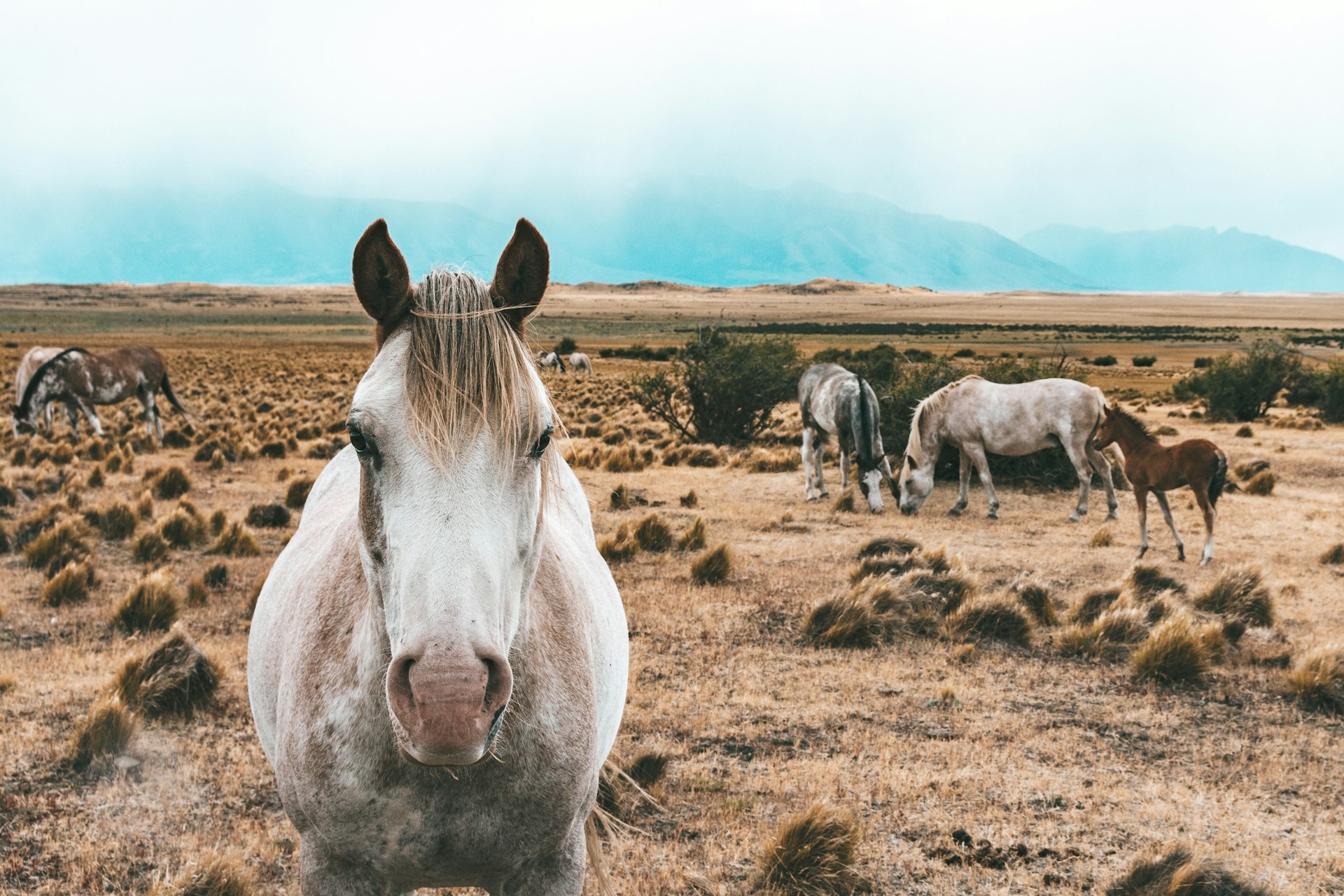
Estancia Harberton
A US$5 entry fee is a pittance to pay for a visit to Tierra del Fuego’s first estancia (cattle ranch), built in 1886 by Reverend Thomas Bridges. En route to the ranch, 85km (52 miles) east of Ushuaia, look out for the árboles banderas – trees bent almost in two by the fierce Patagonian wind.
As part of a guided tour included in the entry fee, you can wander among the farm buildings, now maintained by the fourth and fifth generations of the Bridges family and visit the onsite Museo Acatushún, with its wealth of marine mammals and bird specimens (including a skeleton of the rare Hector’s beaked whale). You can also check out replica Yámana dwellings and go penguin-spotting on Isla Martillo – the only penguin colony in the Beagle channel.
You might also like:
12 unmissable hikes in Patagonia: wonder at the pristine wilderness
10 best things to do in Patagonia
14 amazing places to go in Patagonia for adventure, wildlife and culture
